Article
Sailing the River Rhine Part 9: Cologne's Tribute to Roman Medicine
Author(s):
In the shadow of Cologne's famous cathedral is a museum that will enthrall scientists and physicians.
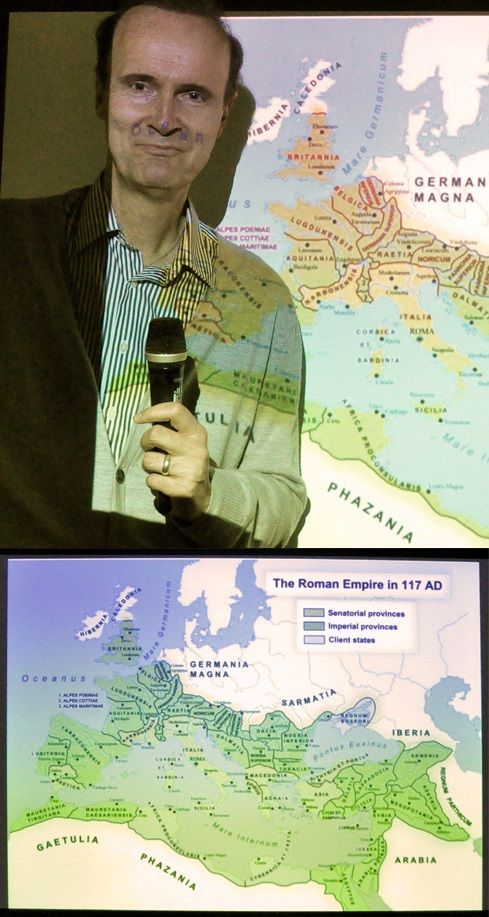
Marcus Pohl is one of the guest lecturers Uniworld has chosen to help us on our river boat understand the history of those lands that the 361-foot-long River Queen is sailing past. Pohl’s slide had introduced us to the role the Roman Empire played in the development of what is now Western Europe. Rome’s presence is everywhere, especially in the vineyards. It makes sense that if European mothers fed their small children wine because the water supply was so polluted then Roman consuls would have similar concerns. Rome knew, two millennia before Napoleon, that an army does march on its stomach.
Cologne like London was badly bombed and damaged in World War II, but imagine the elation of archaeologists when during the construction of an air-raid shelter in 1941 workers discovered the Dionysus (Roman: Bacchus) mosaic floor of a 3rd century AD Roman villa beside the cathedral. The mosaic floor could not be moved safely so the new Roman-Germanic Museum of Cologne that arose in 1974 was built around and above its mosaic floor. Although the museum has the world’s largest collection of Roman glass at the time of our visit in late 2015 it had a fascinating temporary exhibition of medical practices in Roman times.
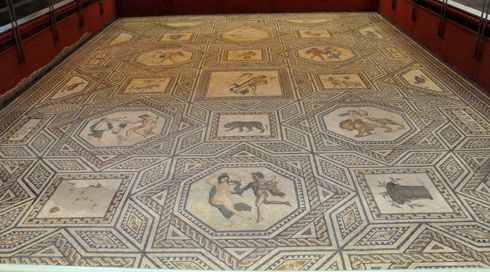
The 3rd century mosaic floor, discovered in 1941, could not be moved so the Germans built a Roman museum on top of it.
The museum is in the shadow of Cologne Cathedral but to many scientists the museum is the more exciting of the two famous structures. It’s more authentic, more interesting, and better explained. The entrance has a statue of Asclepius. It’s a Roman 2nd century AD copy (owned by the Academic Art Museum of Bonn University) of a 4th century BC Greek original now in the Uffizi Gallery in Florence. This entryway hints at the exciting medical exhibits that are on display beyond.
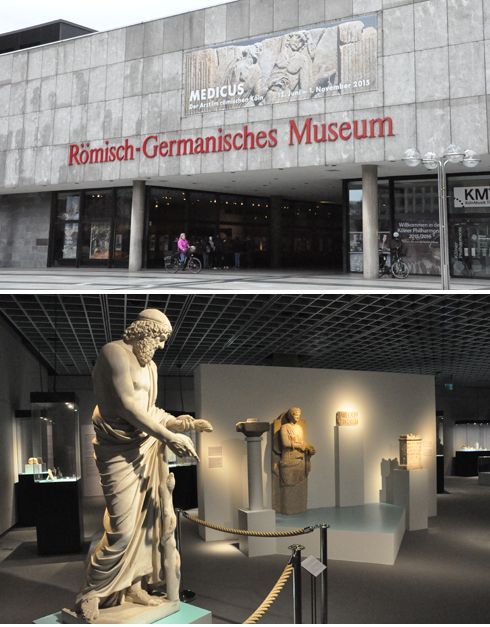
The entrance.
Medical students have seen quite a few skulls in their life but two here are different and surely older than theirs. One is from a woman whose skeleton was discovered by archeologists in a grave in Southern Roman Cologne and shows a skull trephined in the 3rd century unsuccessfully because the sharp edges of the hole show she did not survive. The other is, again, a female skull, from the 5th century and found in Crimea. This was a time when the Huns invading Europe brought Asian customs to “improve” female beauty such as binding the infant skull which concept failed to harm the person because the brain is so plastic and malleable. Those customs were readily adopted by some of the Germanic tribes, especially the Alemanni.
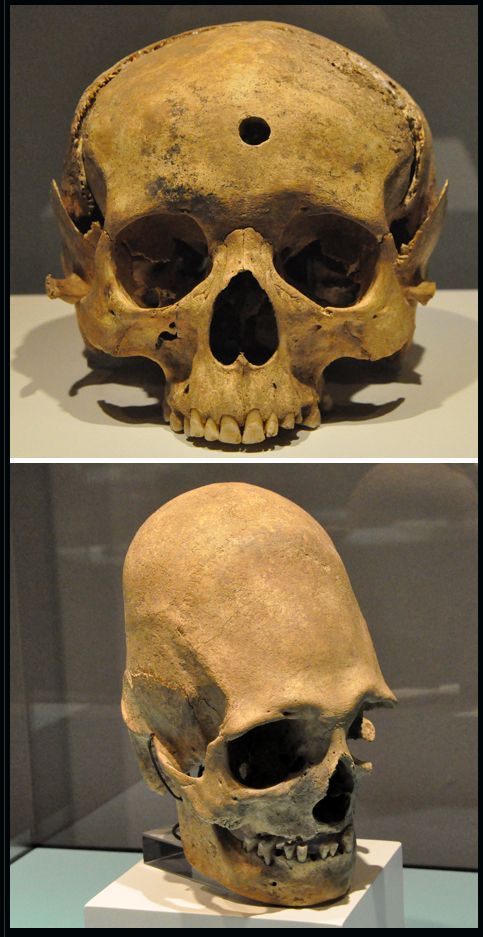
The skulls.

People were superstitious—both physician and patient. The image here is of a Roman wounded in battle and his 1st century funeral monument suggests he was sure his physician would pull him though.
The “sacred snake” of Asclepius was a complicated legend as it became one of the symbols of the physician—though advertisements today for doctors, even those who are genuine physicians, often show the incorrect double snake on a staff. European biologists and archeologists now claim to have identified the snake as not Zamenis longissimus or the “Aesculapean snake” but as Elaphe quatuorlineata or “four-lined snake.” We had never seen such academic claims in museums before and are surprised to find it an issue as surely the belief that Asclepius traveled from Epidaurus to Rome in the form of a snake in 293 BC is a legend not a reality! The Roman writer, Pliny, however writes that “the four-lined” snake is very peaceful, non-poisonous, can be kept as a pet and is particularly fond of birds’ eggs, which is maybe why it is represented that way in this museum.
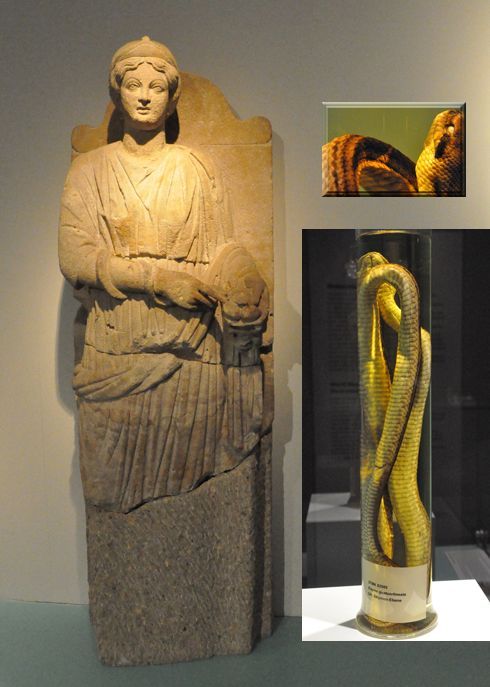
Sirona and her snake.
This exhibit dating to the second half of the 2nd century shows the statue of Sirona, the indigenous Celtic goddess of healing that was found in Hochschied in Bernkastel, the Rhine town we visited a week ago. Her divine sister was the Greek Hygeia and here she is depicted wearing Roman Clothing. Her snake is around her arm and is being pointed towards the eggs in her feeding bowl.
Many of the 2nd century exhibits have been discovered in local ancient graves and identified from their contents as marking the deceased as physicians. But study of the graves has proven more illuminating. It has made us aware of the religious superstitions of the people of that time, even persons who might have been better educated than indigenous tribes. Here for example are the displays of several graves of physicians.
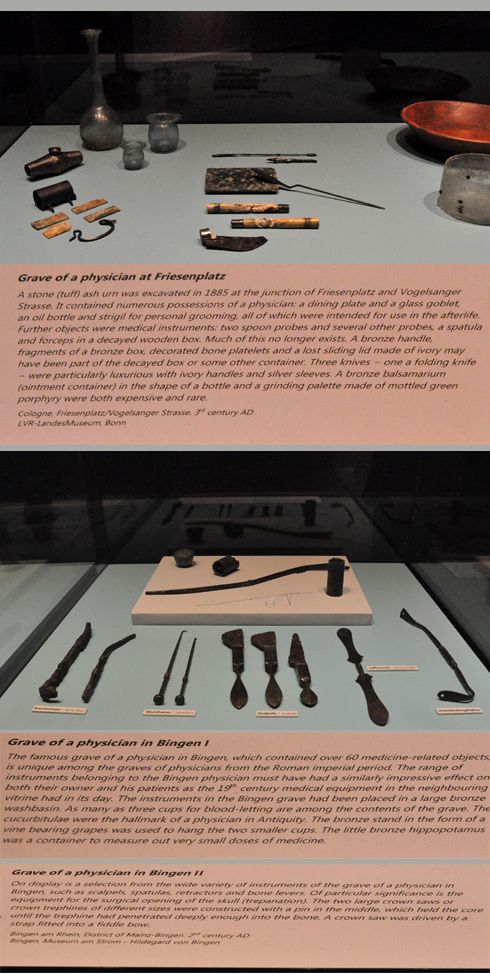
Those graves, that show the beliefs of Rhine dwellers in the 2nd and 3rd centuries AD, indicate their certainty there was an afterlife. Friesenplatz lies about 120 miles to the north-northwest of Bingen (a vast distance in those Roman times) but there is some similarity in what each physician wanted in his grave, mostly possessions that would maintain his comfort.
The Friesenplatz doctor had an oil bottle and a comb-like strigil for personal grooming and some knives, some with ivory handles and silver sleeves. The Bingen grave offered more; it contained more than 60 medicine-related items including crown saws for trephining a skull.

This grave contained an ophthalmologist seal to identify his conjunctivitis ointments. But glass pots, bronze probes, iron chisels, and bone levers suggest he also handled general medical problems beyond the eye. The reddish brown tile at the top of the image that covered his cremation pit has a dog’s footprints on it to give it “magic” protection for his grave. So not only did they believe in an afterlife that would benefit from a comb but that a dog’s food pads would protect his grave by magic! But surely today’s service dogs protect their owners — and this was a civilization 2,000 years ago that built four-story-high aqueducts still standing today and had running water toilets at a time my ancestors (the Scots) were running around wearing furs with faces painted blue
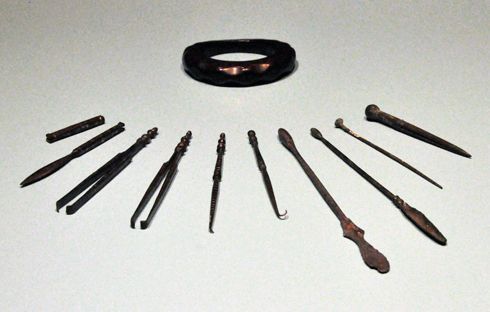
The many instruments in this 3rd century Cologne grave, so varied and of such high quality: handles with inlaid silver, dainty forceps, and, finally, a bronze hair pin show this was the grave of a female surgeon.
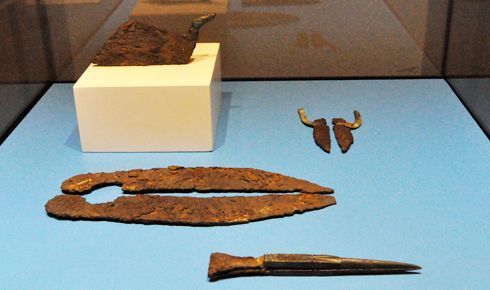
This 3rd century Cologne grave reveals the deceased was a barber. It’s not clear if this is on display by a German museum curator who has a tongue-in-cheek sense of humor or whether it’s a reminder to American physician visitors that in European medieval times barbers were the surgeons and all the better because their heads were not filled with the academic nonsense of the day. Typical barber tools were found in this grave: a razor with a bronze handle, a large and small pair of iron scissors, and a large pair of bronze tongs with an iron hinge used to pluck out hairs
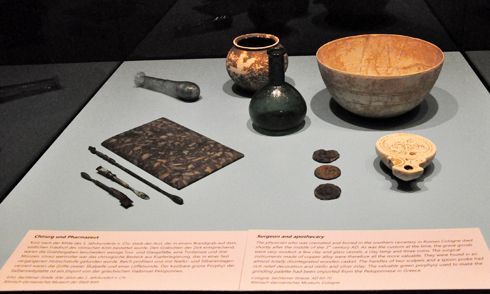
This grave, dug in the middle of the 1st century AD in Roman Cologne was modest as was typical of the time. It contained a clay lamp, some glass vessels, and three coins. Some of the instruments had silver inlay and a rich relief decoration. The wooden casket was almost totally disintegrated. It was a simple array. However, the reduced size of images on smart phones may make the museum placards too small to read
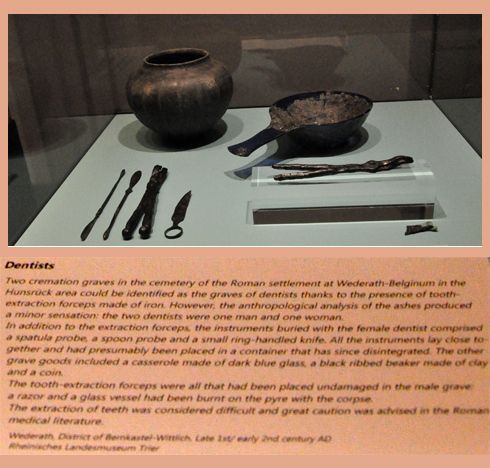
The museum information placard is shown here in its entirety for the interest of our dentist readers.
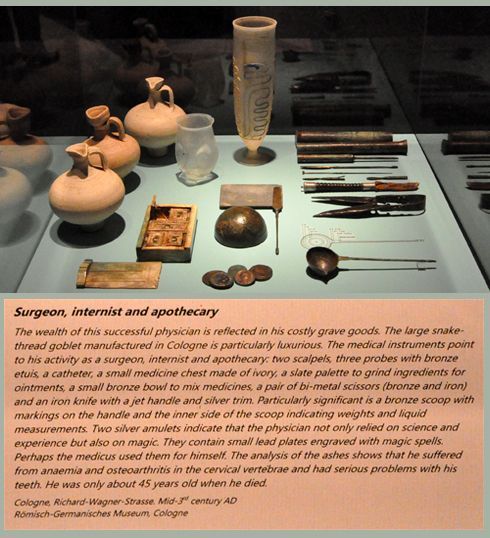
I have photographed the museum placard also for the exhibit “Surgeon, Internist and apothecary” because it so clearly describes the display in the glass cabinet.
The image explains the contents in a neutral, non-judgmental way but to a physician old enough to have outlived most of his friends from the 1958 Edinburgh med school class, it may be sending a message to a younger generation. I recall those young UK house doctors who took a stand in the late 20th century against their medical school professors in British socialized hospitals and said they knew they, the house officers, were losing out on learning the “longitudinal aspects of illness” but they wanted regular hours and a balance in their lives. But those protesting doctors may not have realized how long-established the medical workload was. It was seemingly killing off over-ambitious surgeons at an early age way back in the 3rd century.
It seems to be saying here lies a wealthy successful surgeon whose life did not have balance.
Will our young physicians get that message?
Photography by the author.
The Andersons, who live in San Diego, are the resident travel & cruise columnists for Physician's Money Digest. Nancy is a former nursing educator, Eric a retired MD. The one-time president of the New Hampshire Academy of Family Physicians, Eric is the only physician in the Society of American Travel Writers. He has also written five books, the last called The Man Who Cried Orange: Stories from a Doctor's Life.




